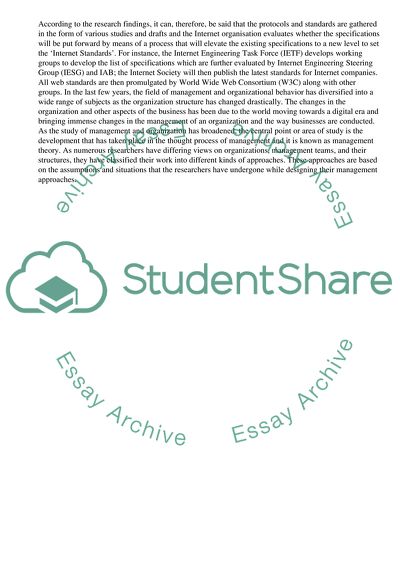Cite this document
(“Management Theory and Conflict in Internet Organisations Essay”, n.d.)
Management Theory and Conflict in Internet Organisations Essay. Retrieved from https://studentshare.org/management/1609484-critically-evaluate-the-extent-to-which-the-study-of-management-and-conflict-has-any-relevance-or-benefit-for-internet-organisations
Management Theory and Conflict in Internet Organisations Essay. Retrieved from https://studentshare.org/management/1609484-critically-evaluate-the-extent-to-which-the-study-of-management-and-conflict-has-any-relevance-or-benefit-for-internet-organisations
(Management Theory and Conflict in Internet Organisations Essay)
Management Theory and Conflict in Internet Organisations Essay. https://studentshare.org/management/1609484-critically-evaluate-the-extent-to-which-the-study-of-management-and-conflict-has-any-relevance-or-benefit-for-internet-organisations.
Management Theory and Conflict in Internet Organisations Essay. https://studentshare.org/management/1609484-critically-evaluate-the-extent-to-which-the-study-of-management-and-conflict-has-any-relevance-or-benefit-for-internet-organisations.
“Management Theory and Conflict in Internet Organisations Essay”, n.d. https://studentshare.org/management/1609484-critically-evaluate-the-extent-to-which-the-study-of-management-and-conflict-has-any-relevance-or-benefit-for-internet-organisations.


